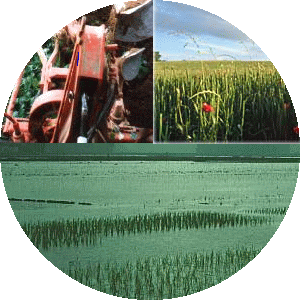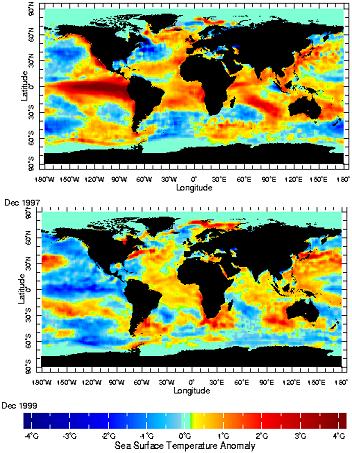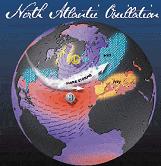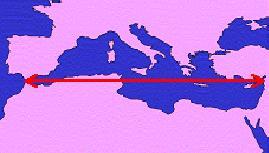 > ENC Master > Climate Encyclopaedia > Food & Climate > more > 3. Drought in the Mediterranean > - drought driving factors
> ENC Master > Climate Encyclopaedia > Food & Climate > more > 3. Drought in the Mediterranean > - drought driving factors
 |
|
|
|
|
Drought driving factors in the world and the MediterraneanThere are three main factors that we know affect the periodical appearance and severity of droughts in the different regions of the world and which specifically affect the Mediterranean region in some way.
|
|
They have all been explained in other units, but it is interesting to see how they are all interlinked and how they influence the whole planet in general and the Mediterranean in particular. These factors are: · El Niño episodes (ENSO)
|
El Niño Southern Oscillation (ENSO)We constantly hear about El Niño, La Niña, and its effects on climate all around the world. As you know by now, this phenomenon affects, most of all, the Southern Hemisphere and it is still to be seen the exact way in which it could also be affecting conditions in the North. Even though we have known this phenomenon, called the Southern Oscillation, for a short period of time, it is actually a cycle that has been acting on Earth for many centuries. Depending on the phase of the Southern Oscillation, the climatic conditions will vary in mean and distribution of temperature and precipitation not only in the Tropical Pacific but also in distant regions of the world including Northern latitudes These variations can sometimes bring about extraordinary episodes of dangerous floods and droughts. During El Niño events, the temperatures in the East Pacific increase and so do the evaporation and precipitation, while lower than normal values of precipitation are registered in the West side of the Ocean. La Niña creates the opposite situation. |
|
|
In order to know if El Niño, La Niña or a Neutral stage are occurring and its magnitude, different indices are used. One measures the differences in temperature within the Tropical Pacific Ocean surface (SST). There is another that measures the differences in pressure between the East and West coasts of the Southern continents (SOI). These indices are being used to make climatic forecasts and be prepared for the possible impacts of extreme events on the environment and society. This complex system is explained in complete detail in the Weather and flux Chapter so take a look if you are interested!
|
|
NAOJust like the Southern Oscillation we just talked about, there is also a similar kind of movement of the water table and winds in the Northern hemisphere. As you remember from the fields in Oceanography and Weather and Flux, the North Atlantic Oscillation (NAO) is one of the main factors influencing climate in the North Atlantic and also has its consequences for the Mediterranean Sea. The NAO is the dominant mode of winter climate variability in the North Atlantic region. |
|
The NAO index varies from year to year, but tends to remain in one phase for intervals lasting several years. In the picture you can see a representation of what a positive NAO Index means.
|
Other influences over the Mediterranean basin.Scientists have significantly proved the fundamental role played by NAO during the winter influencing the precipitation patterns over the region. Moreover, temperature analysis over the last 40 years in the Mediterranean shows a development in agreement with the pattern over North hemisphere and NAO index fluctuations.
But not all variations we observe in Mediterranean climate can be explained by NAO and ENSO. Other global climate phenomena may also be responsible.
|
In this sense it is being studied nowadays the possible influence of the Asian Monsoons and the Sahel precipitation most of all during the mid summer when the Hadley cell moves to the North the Mediterranean area is possibly influenced by North African precipitation and West Asian monsoons. |
|
|
An index similar to the NAO Index is described for the Mediterranean, it is called the Mediterranean pressure Index for the Mediterranean Oscillation, which is also produced due to the differences in sea-level pressure between the East and the West Mediterranean areas.
|
Related pages:For more information about El Niño and NAO go to: Weather - More - Major wind systems - El Niño & SOI |
1. Scientific reviewer: Alex de Sherbinin - CIESIN, Columbia University - USA 2. Scientific reviewer: Lily Parshall - Goddard Institute for space studies, Columbia University - USA Educational reviewer: Emilio Sternfeld - Colegio Virgen de Mirasierra - España Last update: 12/05/2004 |



